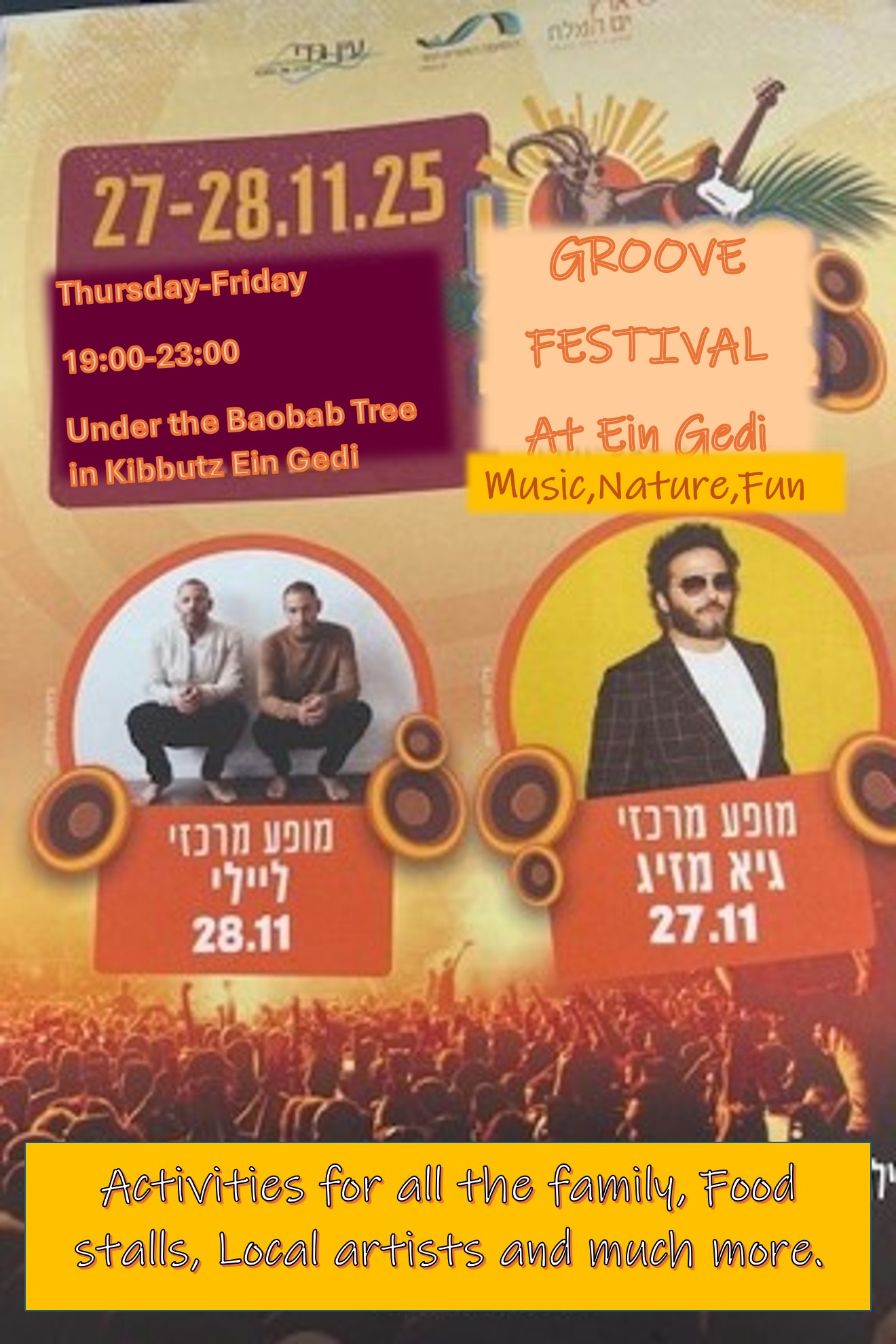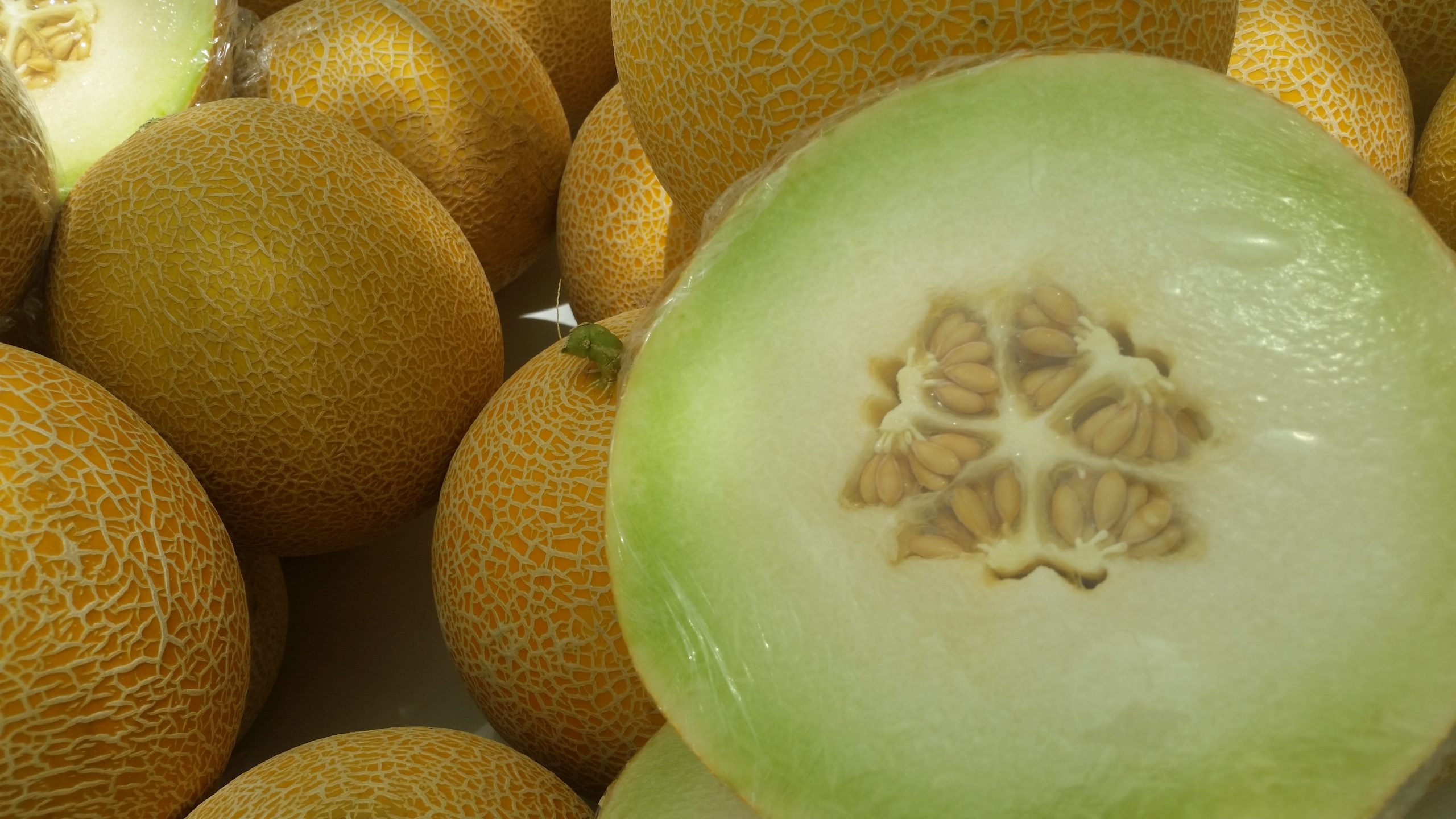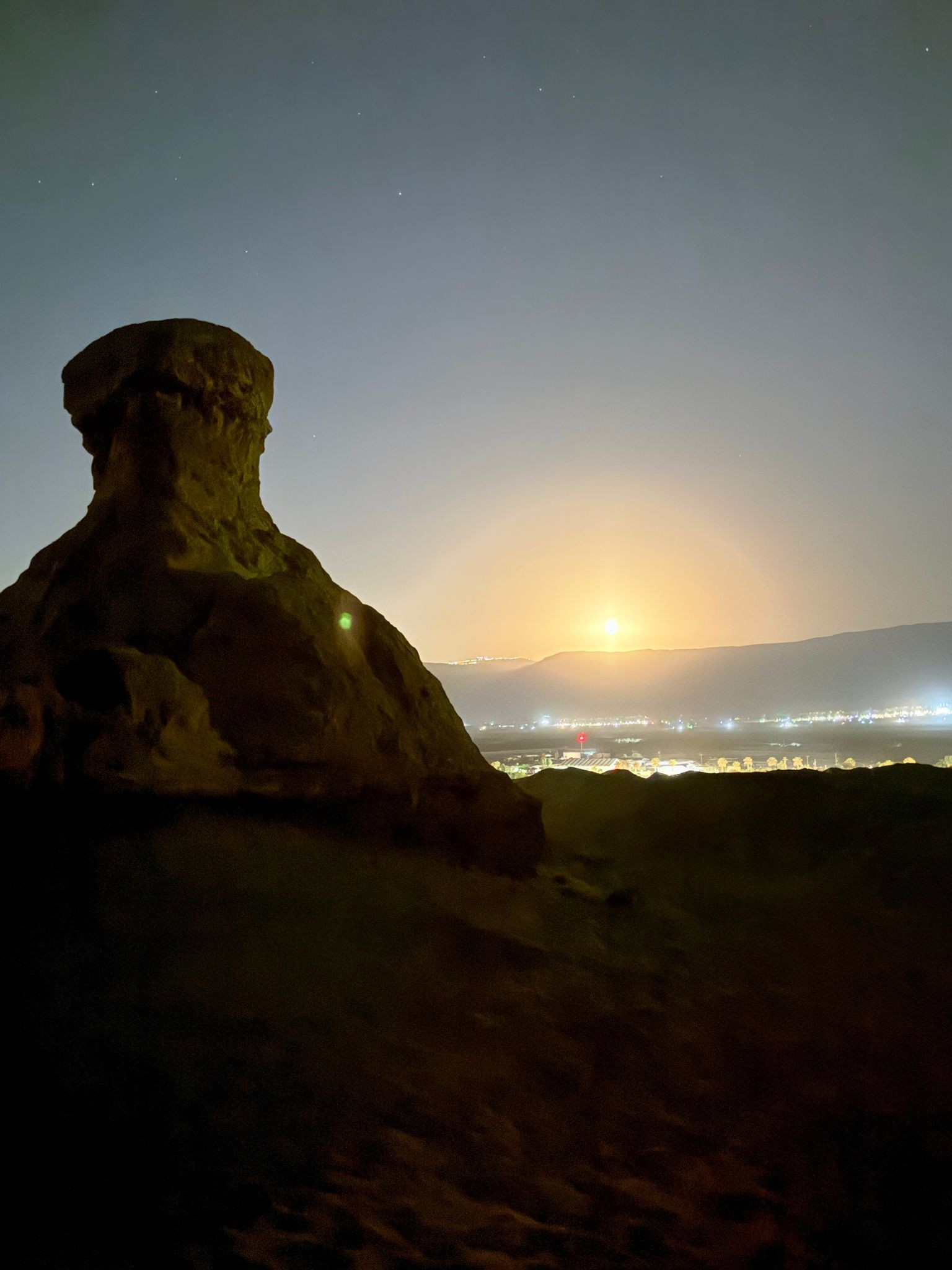IBEX – A DEER OR A GOAT?
An endangered species, a majestic creature, a sociable animal and a delight for visitors …
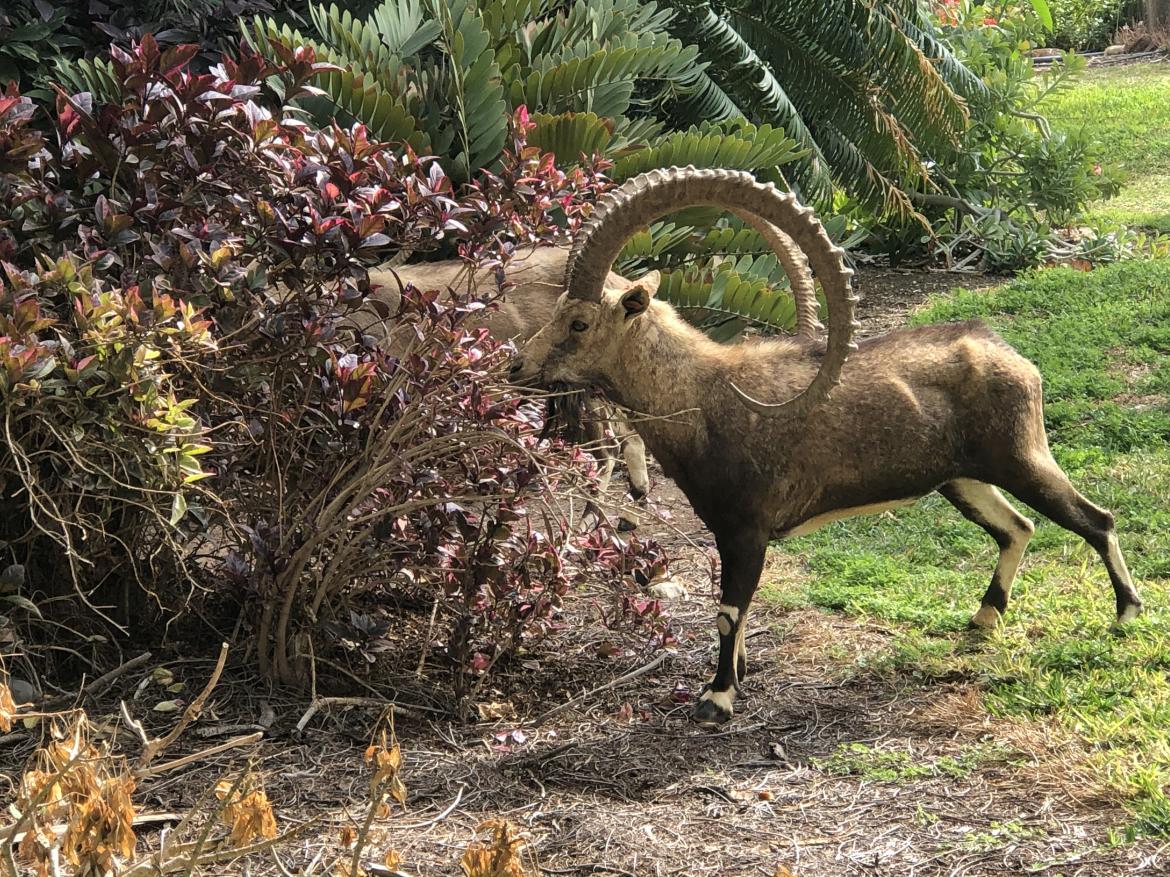
The Nubian Ibex is a wonderous sight here in the Judean Desert. Visitors to Ein Gedi – the kibbutz, the nature reserve, or just travelling along Route 90 – could be treated to a one on one interaction with this majestic creature. The reality is that the Ibex is indeed a desert goat that is found in Africa, Egypt, Israel and many other locations worldwide. They dwell in the desert areas of mountains and plateaus and are at their most active early evening as the sun goes down. They have evolved over the years to withstand the dry desert heat and desolated areas. They can be found wandering around looking for water and food travelling with the whole family in tow.
The Ibex is endangered due to human interference:
- Poaching of the Ibex horns.
- Destruction of the creature’s habitat.
Some humans feed the Ibex, despite knowing that they shouldn’t, but capturing that special photo takes precedence and in turn can destroy the animal. Vets across the country many times find themselves removing items of plastic from the Ibex belly. Efforts are always underway for the conservation of the species and the Nature Reserve organization in Israel has permanent processes in place to ensure the future of the much loved Ibex. Due to these efforts the Ibex family has grown stronger and is increasing its numbers at an encouraging rate. They tend to herd and can be found in groups of approximately 250 each group with a total of about 10,000 worldwide.

These animals are extremely socialable and live with the Hyrax (rock rabbits) sharing their habitat with them. When they fear danger is imminent the emit a shrill call to alert other Ibex of the threat. They are threatened by leopards, wolves, jackals, foxes and eagles, most of which live here at the lowest place on earth. However, they are amicably receptive to the Tristram Starlings who sit on their backs and free them of parasites. The mountains are an ideal location for them especially in the winter as they can shelter from unpleasant weather by hiding in caves and mountain crevices.
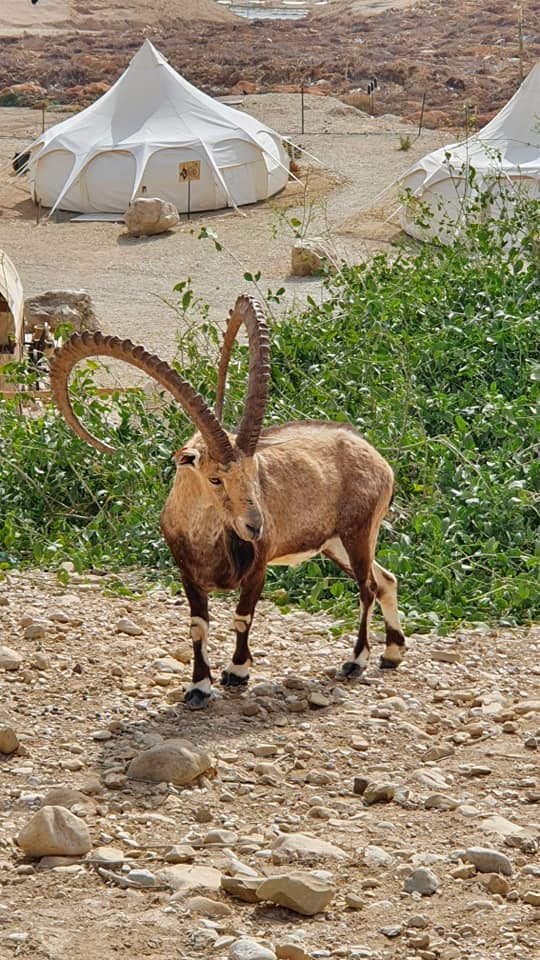
The Ibex herd consists of females, young and males up to the age of about three years. A herd can typically be about 20 individual goats but sometimes can be seen as many as 50 roaming the desert together. They tend to herd separately from the older males but during mating season the males and females will herd together for about six to eight weeks when the large males do battle with the clashing of their horns.
Here at the Dead Sea, especially at this time of year, many guests are delighted when they see a family of Ibex wandering around the kibbutz or the nature reserve or indeed trying to cross the road. The come down from the height of the mountains for grazing and drinking and, of course, the inevitable photoshoot!!!!



